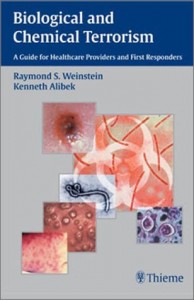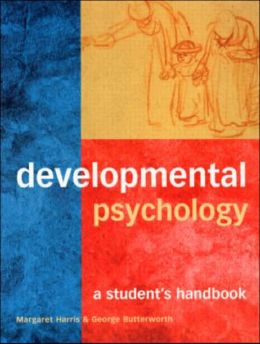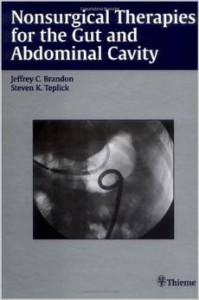-79%
Ambulation in Adults with Central Neurologic Disorders: A Comprehensive Examination
Introduction
The ability to ambulate, or walk independently, is a fundamental aspect of human function. It facilitates daily living activities, enhances social participation, and promotes overall well-being. However, for individuals with central neurologic disorders, ambulation can be severely compromised, leading to significant challenges and diminished quality of life.
Central Neurologic Disorders and Ambulation
Central neurologic disorders, such as multiple sclerosis (MS), stroke, Parkinson’s disease, and spinal cord injuries, can disrupt the neural pathways responsible for controlling movement, balance, and coordination. This can result in difficulties with initiating, maintaining, and terminating ambulation.
Importance of Ambulation Restoration
Restoration of ambulation is a crucial goal in the rehabilitation of adults with central neurologic disorders. It offers numerous benefits, including:
- Improved mobility: Increased independence and participation in everyday activities
- Reduced pain and discomfort: Ambulation can reduce weight-bearing on affected joints, alleviating pain
- Enhanced cardiopulmonary function: Walking improves cardiovascular and respiratory health
- Social and psychological benefits: Ambulation allows individuals to engage with their surroundings and participate in social activities
Assessment and Evaluation of Ambulation
To effectively address ambulation impairments, clinicians must assess and evaluate the individual’s specific difficulties. This involves:
- Gait analysis: Observation and analysis of walking patterns to identify areas of difficulty
- Balance testing: Assessing the ability to maintain balance both statically and dynamically
- Functional assessments: Evaluating the impact of ambulation impairments on daily living activities
Medical Treatments for Improving Ambulation
Medical interventions play a vital role in improving ambulation in adults with central neurologic disorders. These include:
- Physical therapy: Exercises and training to strengthen muscles, improve balance, and enhance coordination
- Occupational therapy: Functional training to improve daily living skills affected by ambulation impairments
- Speech therapy: For individuals with speech and swallowing difficulties that impact ambulation
- Medication: Drugs to manage symptoms such as pain, spasticity, or movement disorders
Conclusion
Ambulation is a critical aspect of the rehabilitation and overall well-being of adults with central neurologic disorders. Through comprehensive assessment, evaluation, and medical interventions, clinicians can effectively address ambulation impairments, enabling individuals to regain mobility, enhance their quality of life, and fully participate in their communities.
maybe you like these too:
- Dannemiller Updates On Pain Review: Conversations with the Experts 2022 (Videos)
- Dannemiller Pain Review Course 2017 (Videos)
- Screening Adult Neurologic Populations, 3rd Revised edition (Original PDF from Publisher)
- Managing Pain in Children: A Clinical Guide for Nurses and Healthcare Professionals, 2e










Reviews
Clear filtersThere are no reviews yet.